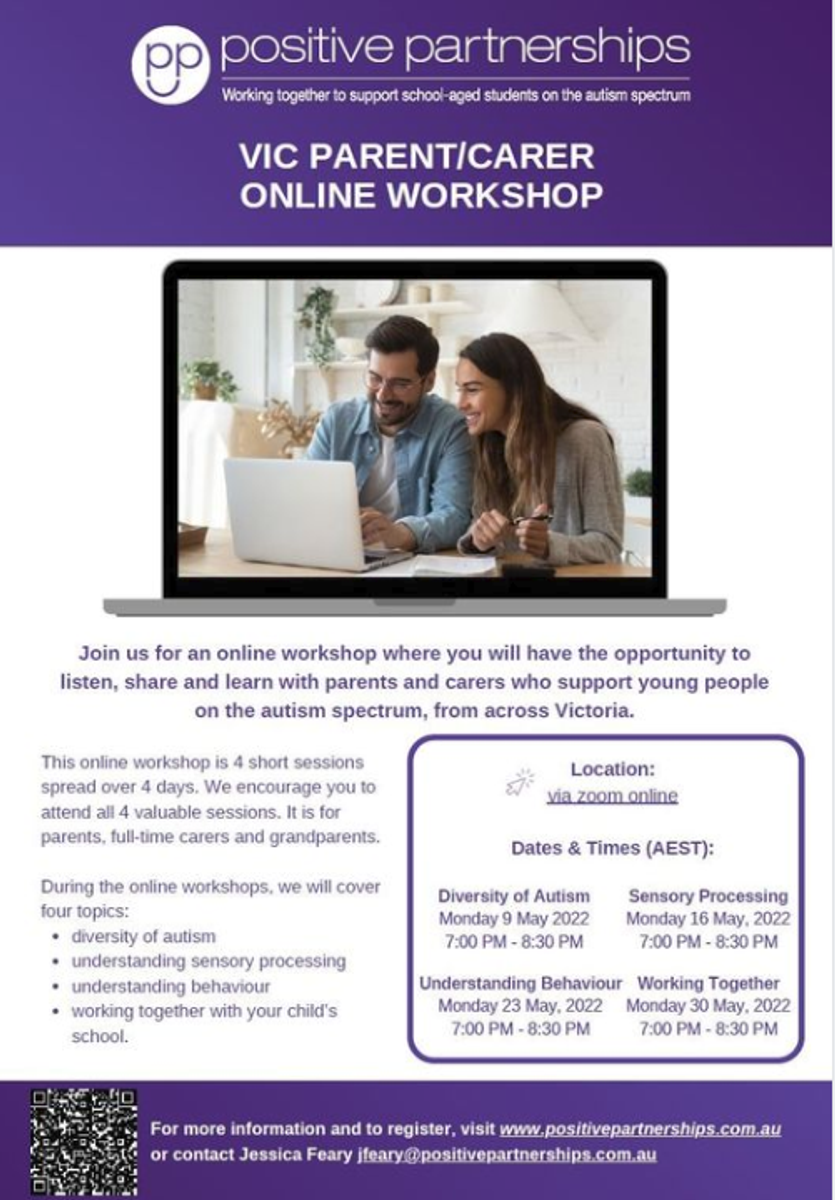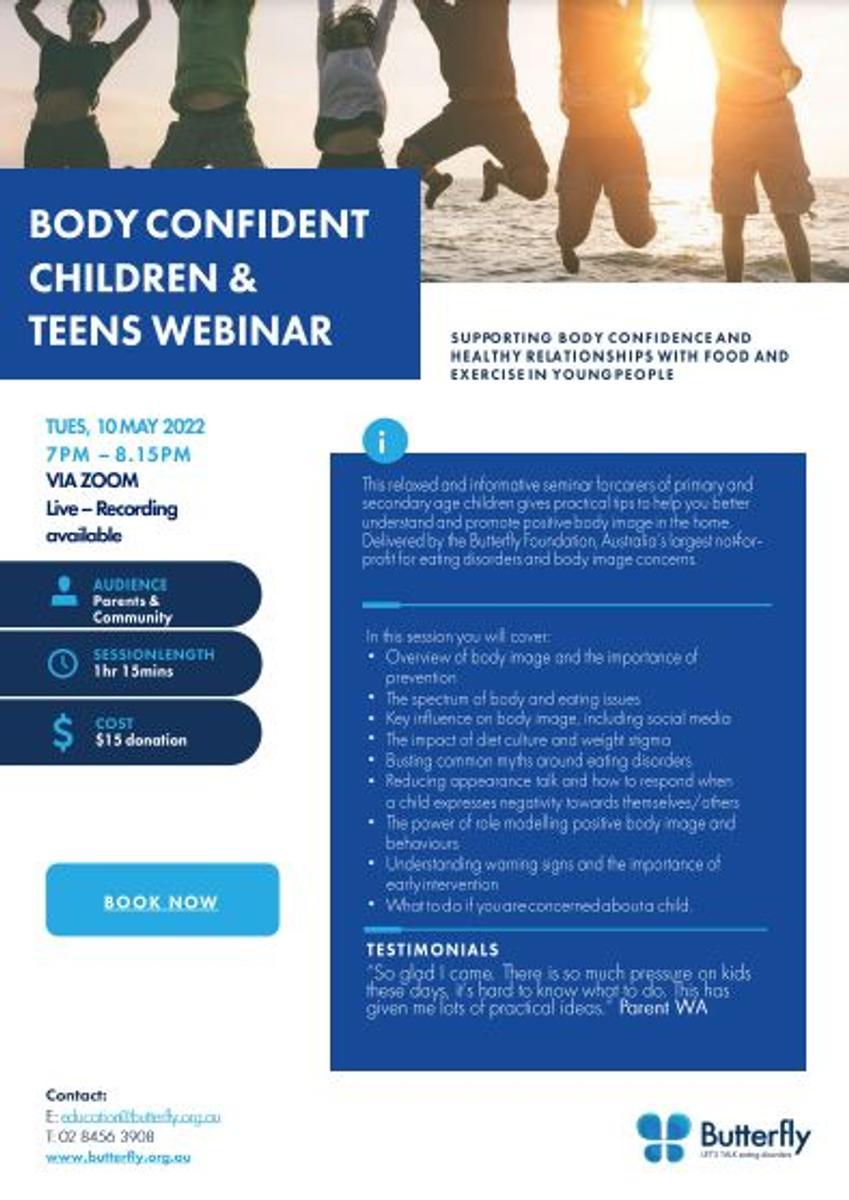Wellbeing

This month on SchoolTV - Screen Time
As a result of the global pandemic, there has been a noticeable shift in the amount of time people spend on screen-based devices. Families are transitioning back to pre-COVID routines but many are still struggling to re-establish the boundaries and rules around screen use. Some continue to deal with digital conflict and tech-tantrums on a daily basis. The latest research found that 77% of teenagers spend more than five hours on screens per day, but it is important to note that not all screen time is considered equal.
Parents play a crucial role in modelling a positive and healthy approach to using screens and assisting children to navigate the content they watch. It is better to model and mentor screen use, rather than monitor it. Children tend to do more of what they see us do, and less of what we tell them to do. However, it is still important to outline the risks and highlight the benefits of screen use to ensure you keep a balanced attitude. Encourage discussions around the issues that people experience in monitoring their screen time and be honest about your own difficulties.
Parents need to remain firm in their approach to managing screen time. Excessive screen time can be detrimental to a child’s overall wellbeing. Ensuring the correct privacy settings are in place is vital to prevent children from being inadvertently exposed to inappropriate content or online predators. Parents need to also be mindful of the potential impact screen time can have on a child’s social, emotional, educational, behavioural, and even physical domains.
In this edition of SchoolTV, care-givers will be provided with a range of guidelines and strategies to help manage screen time at home. We hope you take time to reflect on the information offered in this month’s edition, and we always welcome your feedback.If you do have any concerns about the wellbeing of your child, please contact the school for further information or seek medical or professional help.
Here is the link to this month's edition
https edenhope.vic.schooltv.me/newsletter/managing-screen-time
What is anxiety?
Anxiety is our body’s response to threats, either actual or perceived. Our breathing rate might increase, our heart might start pounding, we could feel butterflies in our stomach and we might get a burst of energy.
Everyone feels anxious at times, and a certain level of anxiety is normal – and even helpful – in some situations. Anxiety is our body’s way of keeping us safe. For instance, imagine you’re walking home and you’re dragging your feet because you’re tired. Out of the corner of your eye, you think you see a snake. Suddenly, you forget how tired you are and have a burst of energy that helps you to get out of harm’s way.
Feeling too much anxiety about something, or feeling anxiety that’s not connected to an obvious challenge, isn’t helpful. It can get in the way of your day-to-day activities and affect your quality of life.
Anxiety, worries and fear is normal and part of childhood.
It’s normal for children to sometimes show signs of anxiety, worries and fears. In most cases, anxiety in children comes and goes and doesn’t last long.
Different anxieties often develop at different stages of development. Babies and toddlers often fear loud noises, heights, strangers and separation. Pre-schoolers might start to show fear of being on their own and of the dark. School-age children might be afraid of supernatural things (like ghosts), social situations, failure, criticism, tests and physical harm or threat.
Children also worry about different things as they get older. In early childhood, they might worry about getting sick or hurt. In older childhood and adolescence, the focus becomes less concrete. For example, they might think a lot about war, environmental, economic and political fears, family relationships and so on.
Worry and fear are different forms of anxiety. Fear usually happens in the present. Worry usually happens when a child thinks about past or future situations. For example, a child might be fearful when they see a dog and also worry about visiting a friend with a pet dog.
How to support children with anxiety
If your child shows signs of normal childhood anxiety, you can support them in several ways:
• Acknowledge your child’s fear or worry and let them know that most children feel anxious sometimes.
• Gently encourage your child to do things they’re anxious about, but don’t push them to face situations they don’t want to face.
• Wait until your child actually gets anxious before you step in to help.
• Praise your child for doing something they’re anxious about.
• Avoid criticising your child for being afraid or worried.
• Avoid labelling your child as ‘shy’ or ‘anxious’.
• You can be a role model for your child by managing your own anxiety. You can also help your child see that anxiety in itself isn’t
bad. It’s only a problem when it stops us from doing what we want to
do that it becomes a problem.
• Practise breathing techniques. Doing a breathing exercise can help to
slow your breathing and calm you down. For little ones: smell the flower
for 5 seconds, try and hold for 3 seconds, blow the candle for 7 seconds.
• Focus on the present – use the 5-4-3-2-1 grounding technique
Sources: https://au.reachout.com/articles/what-is-anxiety; https://raisingchildren.net.au/toddlers/health-daily-care/mental-health/anxiety-in-children; https://neurabilities.com/coping-with-anxiety-5-4-3-2-1-technique/
Mrs Carine Bezuidenhout




